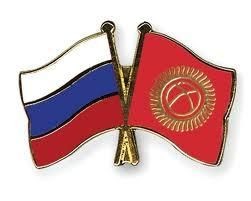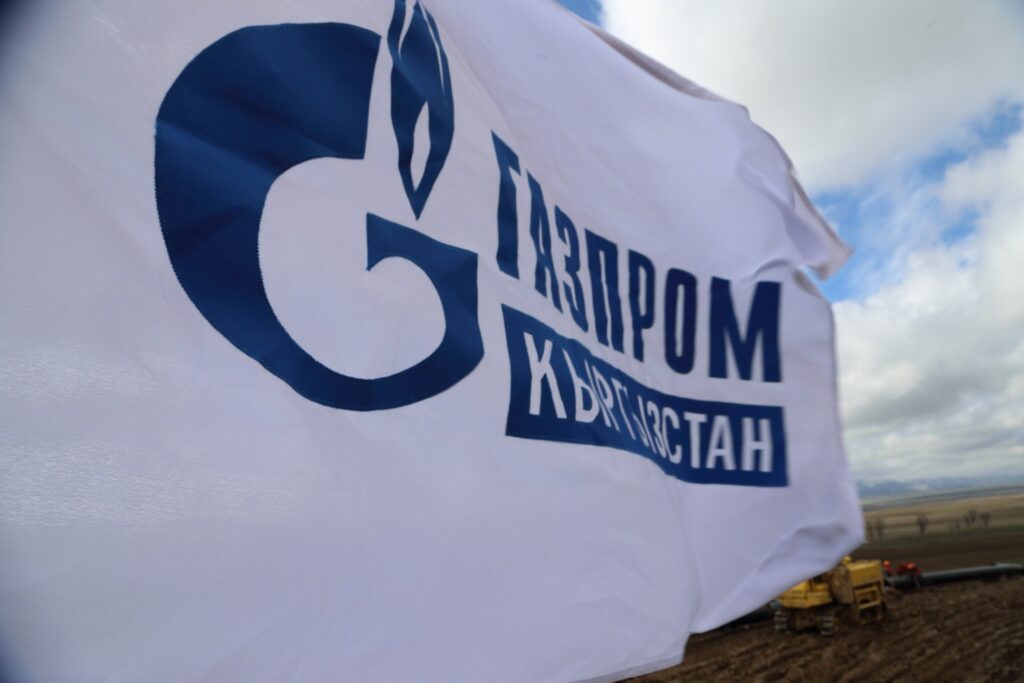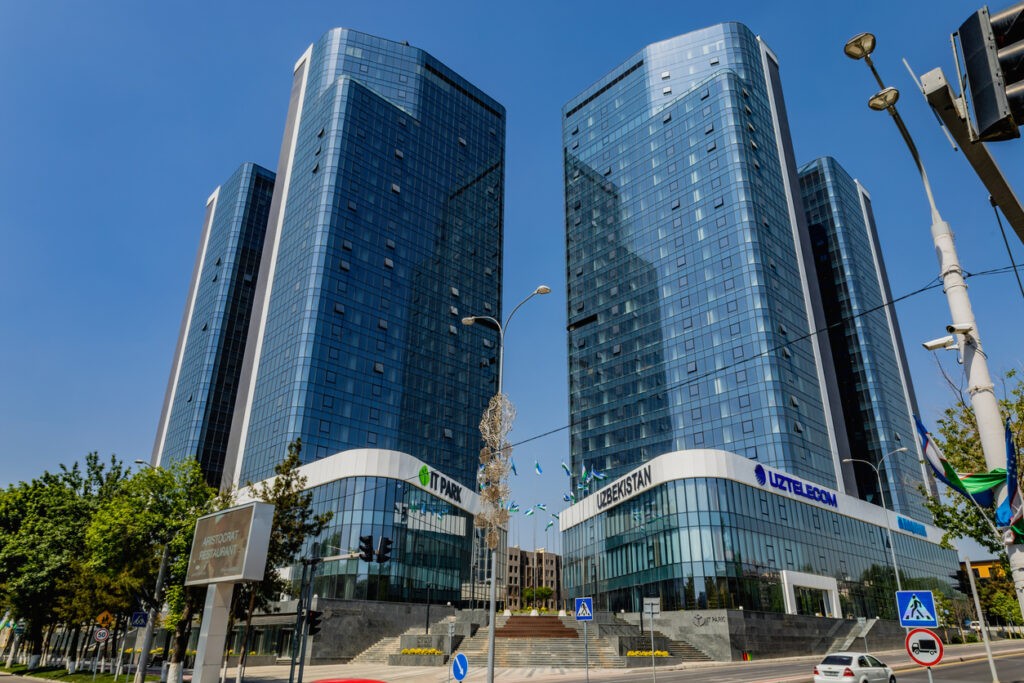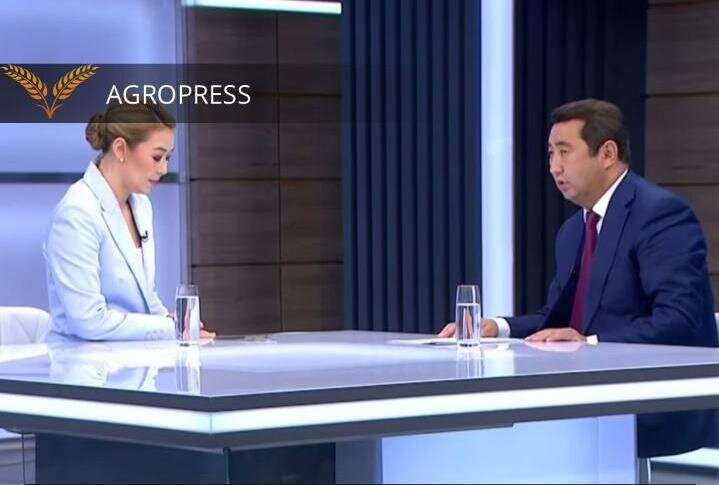BISHKEK (TCA) — The Russian-Kyrgyz Development Fund (RKDF) has launched a lending program for small and medium-sized enterprises through Kyrgyz commercial banks. For SMEs, the interest rate will be 5% per annum for up to $1 million loans.
According to the RKDF, the reduced rate should create an additional impetus for increasing business activity in Kyrgyzstan. The partner banks are not entitled to charge any additional commissions and fees.
Adapting to the EEU
The Russian-Kyrgyz Development Fund was established in accordance with intergovernmental agreements signed in 2014. The Fund is based in Bishkek, and its Board includes three representatives of Kyrgyzstan and two of Russia.
The Fund aims to help the Kyrgyz economy to adapt to the Eurasian Economic Union and implement investment projects in Kyrgyzstan. The Fund finances projects on favorable terms providing preferential loans at 12% per annum. The Fund does not lend to the Government of Kyrgyzstan as a sovereign borrower, but works with market participants including businesses and private enterprises. The Fund’s authorized capital is $500 million.
In 2015, the RKDF launched a program to finance small and medium-sized enterprises with the focus on agriculture, garment, textile and manufacturing industries.
In February 2016, the RKDF began working in a new direction — construction of affordable housing for state employees. The budget for the first stage of the social housing project is $10 million.
Affordable loans needed
In March, President Almazbek Atambayev criticized the Fund’s weak governance, soon after which the RKDF management was changed.
The President said that the Fund was partially to blame for the negative performance of the economy, and that the Fund had to loan most of its $500 million resources to small and medium businesses.
Russia allocated this money to Kyrgyzstan to support the country with affordable loans during the transition period, but not to give it back to Russia to earn an interest, Atambayev explained.
Earlier, Kyrgyz MPs and business complained that $265 million of $350 million of the RKDF authorized capital had been invested in securities and bonds in a Russian state bank, and the money worked for the Russian economy.
The money was needed last fall, and it is needed now. It should start working before this summer, Atambayev said.
Unfulfilled promises
During his visit to Russia in March, President Atambayev discussed the work of the Kyrgyz-Russian Development Fund with Russian Finance Minister Anton Siluanov. Atambayev stressed the need for more effective operation of the Fund to ensure better access of entrepreneurs, processors and farmers of Kyrgyzstan to low-interest loans on favorable terms. The Fund should facilitate the adaptation of key sectors of the Kyrgyz economy to the country’s membership of the Eurasian Economic Union, Atambayev said.
Kyrgyzstan has not yet received any special benefit from joining the EEU, although it was forced to join the Union. This step was important for Russia politically.
According to official reports, the Russian and Kyrgyz presidents in March “discussed topical issues of the Kyrgyz-Russian cooperation, implementation of joint projects, as well as prospects for further cooperation in various fields and the development of the Eurasian integration”. The reports did not specify what exactly the leaders of the two countries said.
No agreement was signed during Atambayev’s visit. According to Russian expert Arkady Dubnov, the visit was needed by both countries. Russia had to smooth the negative effect of the denunciation of the Kyrgyz-Russian agreement on the construction of the Kambarata Hydro Power Plant and the Upper Naryn HPP cascade, and to show that Russia remains a close partner of Kyrgyzstan.
Speaking to journalists in Moscow, Atambayev said that many promises of Russian ministers and investors had not been fulfilled. Perhaps President Putin did not know about it, he concluded.








